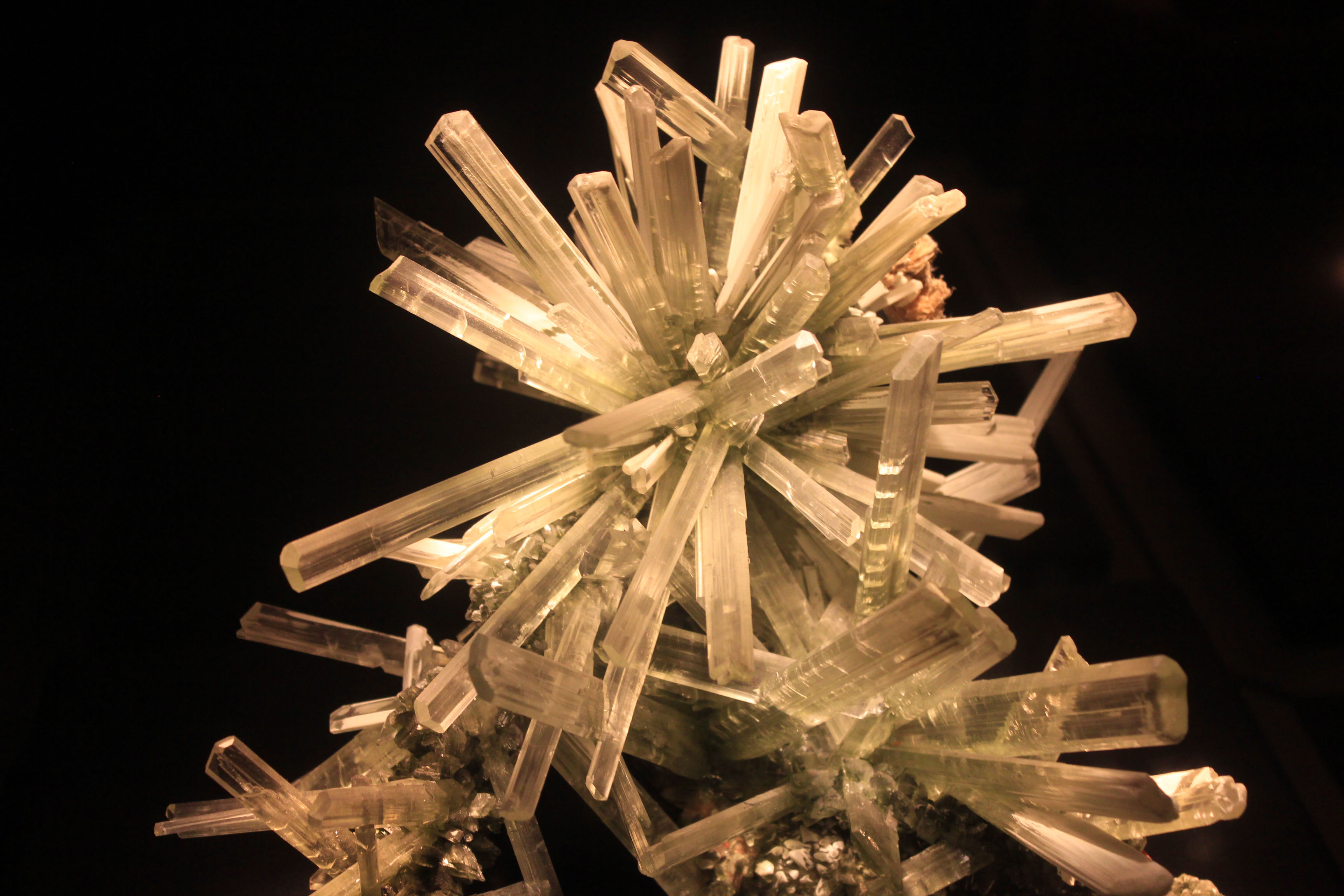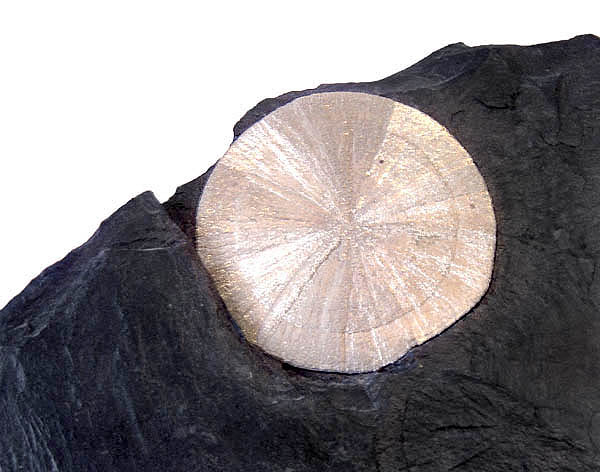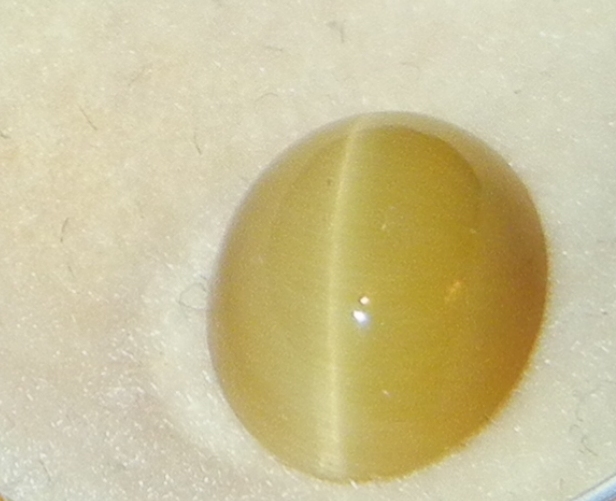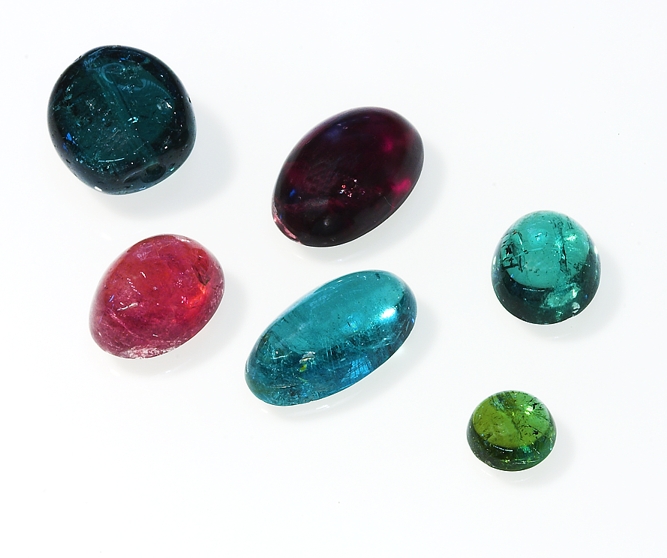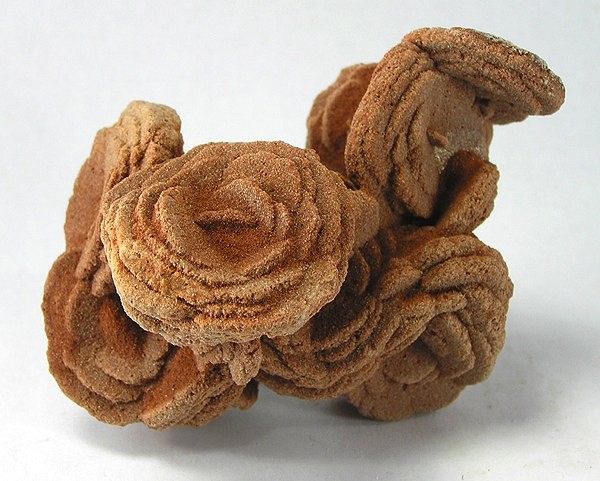|
Satin Spar
Selenite, satin spar, desert rose, gypsum flower are crystal habit varieties of the mineral gypsum. All varieties of gypsum, including selenite and alabaster, are composed of calcium sulfate dihydrate (meaning that it has two molecules of water), with the chemical formula CaSO4·2H2O. Selenite contains no significant selenium – The similar names both derive from Greek ( 'Moon') Some of the largest crystals ever found are of selenite, the largest specimen found in the Naica Mine's Cave of the Crystals being 12 metres long and weighing 55 tons. History and etymology "Selenite" is mostly synonymous with gypsum, but from the 15th century, it has named the transparent variety that occurs in crystals or crystalline masses. The name derives through Middle English from Latin , ultimately from Greek (, ). It got this name because people historically believed the mineral waxed and waned with the cycles of the Moon. [...More Info...] [...Related Items...] OR: [Wikipedia] [Google] [Baidu] |
Sulfate Mineral
The sulfate minerals are a class of minerals that include the sulfate ion () within their structure. The sulfate minerals occur commonly in primary evaporite depositional environments, as gangue minerals in hydrothermal veins and as secondary minerals in the oxidizing zone of sulfide mineral deposits. The chromate and manganate minerals have a similar structure and are often included with the sulfates in mineral classification systems.Klein, Cornelis and Cornelius S. Hurlbut, 1985, ''Manual of Mineralogy,'' 20th ed., John Wiley and Sons, New York, pp. 347–354 . Sulfate minerals include: *Anhydrous sulfates ** Barite BaSO4 **Celestite SrSO4 ** Anglesite PbSO4 ** Anhydrite CaSO4 ** Hanksite Na22K(SO4)9(CO3)2Cl *Hydroxide and hydrous sulfates **Gypsum CaSO4·2H2O ** Chalcanthite CuSO4·5H2O ** Kieserite MgSO4·H2O ** Starkeyite MgSO4·4H2O ** Hexahydrite MgSO4·6H2O ** Epsomite MgSO4·7H2O ** Meridianiite MgSO4·11H2O ** Melanterite FeSO4·7H2O ** Antlerite Cu3SO4(OH)4 **Broc ... [...More Info...] [...Related Items...] OR: [Wikipedia] [Google] [Baidu] |
Fibrous
Fiber or fibre (from la, fibra, links=no) is a natural or artificial substance that is significantly longer than it is wide. Fibers are often used in the manufacture of other materials. The strongest engineering materials often incorporate fibers, for example carbon fiber and ultra-high-molecular-weight polyethylene. Synthetic fibers can often be produced very cheaply and in large amounts compared to natural fibers, but for clothing natural fibers can give some benefits, such as comfort, over their synthetic counterparts. Natural fibers Natural fibers develop or occur in the fiber shape, and include those produced by plants, animals, and geological processes. They can be classified according to their origin: * Vegetable fibers are generally based on arrangements of cellulose, often with lignin: examples include cotton, hemp, jute, flax, abaca, piña, ramie, sisal, bagasse, and banana. Plant fibers are employed in the manufacture of paper and textile (cloth ... [...More Info...] [...Related Items...] OR: [Wikipedia] [Google] [Baidu] |
Mica
Micas ( ) are a group of silicate minerals whose outstanding physical characteristic is that individual mica crystals can easily be split into extremely thin elastic plates. This characteristic is described as perfect basal cleavage. Mica is common in igneous and metamorphic rock and is occasionally found as small flakes in sedimentary rock. It is particularly prominent in many granites, pegmatites, and schists, and "books" (large individual crystals) of mica several feet across have been found in some pegmatites. Micas are used in products such as drywalls, paints, fillers, especially in parts for automobiles, roofing and shingles, as well as in electronics. The mineral is used in cosmetics and food to add "shimmer" or "frost." Properties and structure The mica group is composed of 37 phyllosilicate minerals. All crystallize in the monoclinic system, with a tendency towards pseudohexagonal crystals, and are similar in structure but vary in chemical composition. Mic ... [...More Info...] [...Related Items...] OR: [Wikipedia] [Google] [Baidu] |
Crystal Twinning
Crystal twinning occurs when two or more adjacent crystals of the same mineral are oriented so that they share some of the same crystal lattice points in a symmetrical manner. The result is an intergrowth of two separate crystals that are tightly bonded to each other. The surface along which the lattice points are shared in twinned crystals is called a composition surface or twin plane. Crystallographers classify twinned crystals by a number of twin laws. These twin laws are specific to the crystal structure. The type of twinning can be a diagnostic tool in mineral identification. Deformation twinning, in which twinning develops in a crystal in response to a shear stress, is an important mechanism for permanent shape changes in a crystal.Courtney, Thomas H. (2000) ''Mechanical Behavior of Materials'', 2nd ed. McGraw Hill. Definition Twinning is a form of symmetrical intergrowth between two or more adjacent crystals of the same mineral. It differs from the ordinary random ... [...More Info...] [...Related Items...] OR: [Wikipedia] [Google] [Baidu] |
Inclusion (mineral)
In mineralogy, an inclusion is any material that is trapped inside a mineral during its formation. In gemology, an inclusion is a characteristic enclosed within a gemstone, or reaching its surface from the interior. According to Hutton's law of inclusions, fragments included in a host rock are older than the host rock itself. Mineralogy Inclusions are usually other minerals or rocks, but may also be water, gas or petroleum. Liquid or vapor inclusions are known as fluid inclusions. In the case of amber it is possible to find insects and plants as inclusions. The analysis of atmospheric gas bubbles as inclusions in ice cores is an important tool in the study of climate change. A xenolith is a pre-existing rock which has been picked up by a lava flow. Melt inclusions form when bits of melt become trapped inside crystals as they form in the melt. Gemology Inclusions are one of the most important factors when it comes to gem valuation. In many gemstones, such as di ... [...More Info...] [...Related Items...] OR: [Wikipedia] [Google] [Baidu] |
Crystal Habit
In mineralogy, crystal habit is the characteristic external shape of an individual crystal or crystal group. The habit of a crystal is dependent on its crystallographic form and growth conditions, which generally creates irregularities due to limited space in the crystallizing medium (commonly in rocks).Klein, Cornelis, 2007, ''Minerals and Rocks: Exercises in Crystal and Mineral Chemistry, Crystallography, X-ray Powder Diffraction, Mineral and Rock Identification, and Ore Mineralogy,'' Wiley, third edition, Wenk, Hans-Rudolph and Andrei Bulakh, 2004, ''Minerals: Their Constitution and Origin,'' Cambridge, first edition, Recognizing the habit can aid in mineral identification and description, as the crystal habit is an external representation of the internal ordered atomic arrangement. Most natural crystals, however, do not display ideal habits and are commonly malformed. Hence, it is also important to describe the quality of the shape of a mineral specimen: * Euhedral: a c ... [...More Info...] [...Related Items...] OR: [Wikipedia] [Google] [Baidu] |
Gypsum Speleothem (Cleaveland Avenue, Mammoth Cave
Gypsum is a soft sulfate mineral composed of calcium sulfate dihydrate, with the chemical formula . It is widely mined and is used as a fertilizer and as the main constituent in many forms of plaster, blackboard or sidewalk chalk, and drywall. Alabaster, a fine-grained white or lightly tinted variety of gypsum, has been used for sculpture by many cultures including Ancient Egypt, Mesopotamia, Ancient Rome, the Byzantine Empire, and the Nottingham alabasters of Medieval England. Gypsum also crystallizes as translucent crystals of selenite. It forms as an evaporite mineral and as a hydration product of anhydrite. The Mohs scale of mineral hardness defines gypsum as hardness value 2 based on scratch hardness comparison. Etymology and history The word ''gypsum'' is derived from the Greek word (), "plaster". Because the quarries of the Montmartre district of Paris have long furnished burnt gypsum (calcined gypsum) used for various purposes, this dehydrated gypsum became known ... [...More Info...] [...Related Items...] OR: [Wikipedia] [Google] [Baidu] |
Chatoyancy
In gemology, chatoyancy ( ), or chatoyance or cat's eye effect, is an optical reflectance effect seen in certain gemstones, woods, and carbon fibre. Coined from the French "œil de chat", meaning "cat's eye", chatoyancy arises either from the fibrous structure of a material, as in tiger's eye quartz, or from fibrous inclusions or cavities within the stone, as in cat's eye chrysoberyl. Description The precipitates that cause chatoyance in chrysoberyl are the mineral rutile, composed mostly of titanium dioxide. Examined samples have yielded no evidence of tubes or fibres. The rutile precipitates all align perpendicularly with respect to cat's eye effect. It is reasoned that the lattice parameter of the rutile matches only one of the three orthorhombic crystal axes of the chrysoberyl, resulting in preferred alignment along that direction. The effect can be likened to the sheen off a spool of silk: The luminous streak of reflected light is always perpendicular to the directio ... [...More Info...] [...Related Items...] OR: [Wikipedia] [Google] [Baidu] |
Cabochons
A cabochon (; ) is a gemstone that has been shaped and polished, as opposed to faceted. The resulting form is usually a convex (rounded) obverse with a flat reverse. Cabochon was the default method of preparing gemstones before gemstone cutting developed. Application Cutting ''en cabochon'' (French: "in the manner of a cabochon") is usually applied to opaque gems, while faceting is usually used for transparent stones. Hardness is also taken into account as softer gemstones with a hardness lower than 7 on the Mohs hardness scale are easily scratched, mainly by silicon dioxide in dust and grit. This would quickly make translucent gems unattractive—instead they are polished as cabochons, making the scratches less evident. In asteriated stones such as star sapphires and chatoyant stones such as cat's eye chrysoberyl, a domed cabochon cut can show the star or eye, which would not be visible in a faceted cut. The usual shape for cutting cabochons is an ellipse, because ... [...More Info...] [...Related Items...] OR: [Wikipedia] [Google] [Baidu] |
Desert Rose (crystal)
A desert rose is an intricate rose-like formation of crystal clusters of gypsum or baryte, which include abundant sand grains. The "petals" are crystals flattened on the ''c'' axis, fanning open in radiating clusters. The rosette crystal habit tends to occur when the crystals form in arid sandy conditions, such as the evaporation of a shallow salt basin. The crystals form a circular array of flat plates, giving the rock a shape similar to a rose blossom. Gypsum roses usually have better defined, sharper edges than baryte roses. Celestine and other bladed evaporite minerals may also form rosette clusters. They can appear either as a single rose-like bloom or as clusters of blooms, typically ranging from pea-sized to in diameter. The ambient sand that is incorporated into the crystal structure, or otherwise encrusts the crystals, varies with the local environment. If iron oxides are present, the rosettes take on a rusty tone. The desert rose may also be known by the ... [...More Info...] [...Related Items...] OR: [Wikipedia] [Google] [Baidu] |
Barite
Baryte, barite or barytes ( or ) is a mineral consisting of barium sulfate ( Ba S O4). Baryte is generally white or colorless, and is the main source of the element barium. The ''baryte group'' consists of baryte, celestine (strontium sulfate), anglesite (lead sulfate), and anhydrite (calcium sulfate). Baryte and celestine form a solid solution (Ba,Sr)SO4. Names and history The radiating form, sometimes referred to as ''Bologna Stone'', attained some notoriety among alchemists for specimens found in the 17th century near Bologna by Vincenzo Casciarolo. These became phosphorescent upon being calcined. Carl Scheele determined that baryte contained a new element in 1774, but could not isolate barium, only barium oxide. Johan Gottlieb Gahn also isolated barium oxide two years later in similar studies. Barium was first isolated by electrolysis of molten barium salts in 1808 by Sir Humphry Davy in England. The American Petroleum Institute specification API 13/ ISO 13500, which ... [...More Info...] [...Related Items...] OR: [Wikipedia] [Google] [Baidu] |
